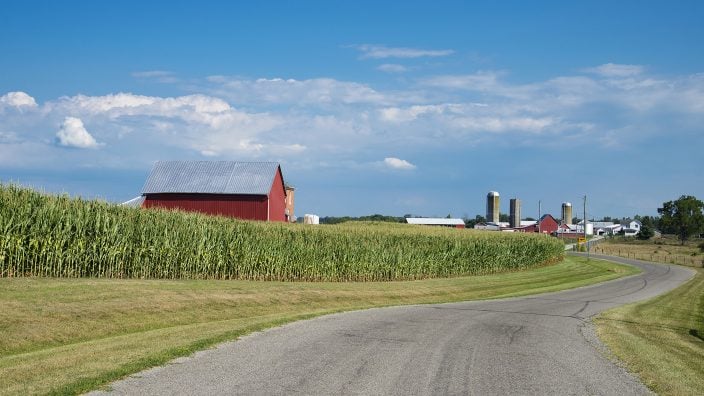Applications for Ohio Farm Bureau Health Plans now available
Members have three ways to apply: contacting a certified agent, calling 833-468-4280 or visiting ohiofarmbureauhealthplans.org.
Read MoreOhio’s farmers and rural communities will benefit from reforms to the state’s farmland tax policy, culminating a three-year effort led by Ohio Farm Bureau. The reforms were included in the new state budget signed by Gov. John Kasich.
“It’s taken three years of grassroots action to fix the flaws in the CAUV formula, and our members should be proud of this significant accomplishment,” said Ohio Farm Bureau Executive Vice President Adam Sharp. “We also want to thank the legislators who listened to our Farm Bureau members,” he added.
The budget legislation contains changes to the Current Agricultural Use Value formula, which in recent years has caused farmland owners to experience tax increases of 300 percent or more. These unsustainable increases have come at a time when farm incomes have fallen dramatically.
Sharp cited the “thousands of phone calls, emails and personal visits” Farm Bureau members made to help legislators understand the critical need for reform.
It is estimated that these changes, coupled with previous Farm Bureau-led reforms, will result in average savings of 30 percent for 2017 reassessments. This will help farmers stay on their land and continue their contributions to the local economy and community.
The reform also removes the penalty on farmers who place land in conservation practices that protect water quality.
The reforms are phased-in over two reassessment cycles (6 years) in order to assist local communities and schools to transition to the more accurate CAUV formula.
Under CAUV, farmland is taxed at a rate that reflects its value for agricultural purposes instead of its value as development property. It was enacted by Ohio voters in 1973 as a means to preserve farmland.
Sharp expressed gratitude to Gov. Kasich, Senate President Larry Obhof and House Speaker Cliff Rosenberger, as well as Senators Cliff Hite and Bob Peterson and Representatives Brian Hill and Kirk Schuring for their leadership.
The reforms will begin in the 2017 valuations, which farmers in 41 counties will receive in January 2018, and will be fully implemented for all counties after the 2022 reassessment.
This is a news release for use by journalists. Questions should be directed to Leah Curtis, 614-246-8912.


Members have three ways to apply: contacting a certified agent, calling 833-468-4280 or visiting ohiofarmbureauhealthplans.org.
Read More

For Ohio and PJM region, the outlook is reassuring—ample reserves and strong planning should keep the power on.
Read More

The average price for a classic holiday feast for 10 in Ohio will cost $55.87.
Read More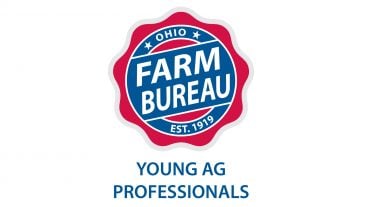

Meet the four new members of Ohio Farm Bureau’s Young Ag Professionals State Committee.
Read More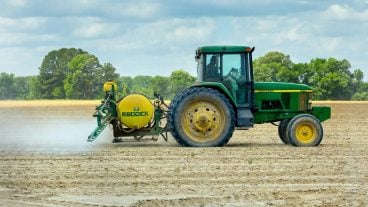
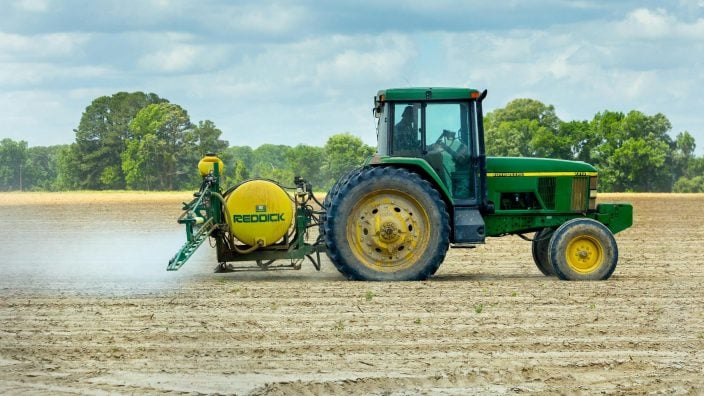
HB 10 ensures transparency around how imitation meat is labeled, along with restoring needed flexibility around the application of crop protection tools.
Read More

FBi Buildings has been delivering exceptional post-frame construction solutions for 65+ years, earning the trust of satisfied customers throughout the Midwest.
Read More

Ohio BWC industrial hygienists, safety consultants, and ergonomists can visit your farm, help spot risks, and suggest improvements that make a real difference.
Read More

Nationwide’s Grain Bin Safety campaign expands its reach, delivering grain rescue tubes and training to 62 fire departments in 2025.
Read More

Urge President Trump and Congress to act before the end of 2025 to provide immediate relief and long-term stability for America’s farmers and ranchers.
Read More
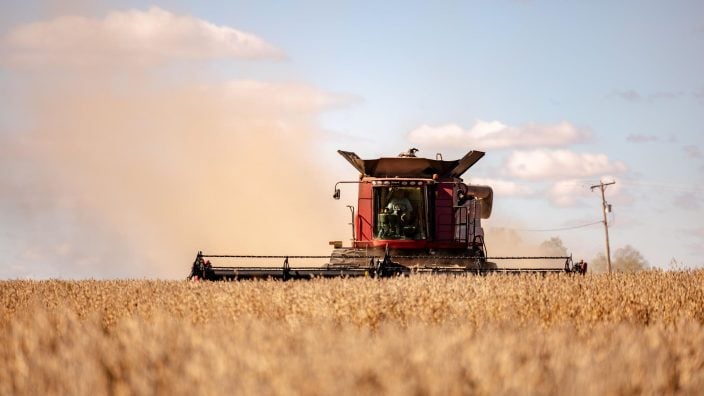
Meet Marion County Farm Bureau member Clayton Lust, a third-generation grain farmer and Beck’s Hybrids dealer, and Kelsey Bezdek, a first-generation livestock farmer and Lake County Farm Bureau member.
Read More